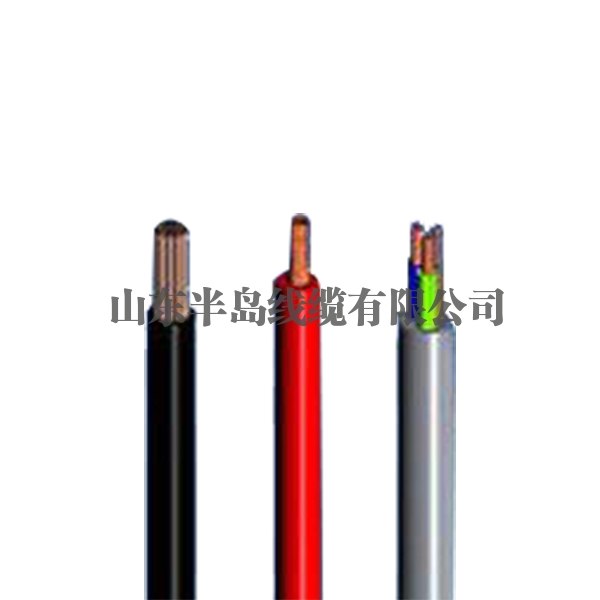
On December 15, 2021, New energy cable manufacturer Share the formula and performance analysis of flame retardant cable
100 parts of PVC/CPE, 11 parts of isodecyl biphenyl phosphate plasticizer, 18 parts of brominated aromatic ester plasticizer, 6 parts of phthalate ester plasticizer, 15 parts of tri (n-octyl decyl) trimellitate plasticizer, 25 parts of aluminum hydroxide, 20 parts of zinc molybdate, 20 parts of calcined aluminum silicate, 3 parts of antimony trioxide and some other additives can be used to prepare PVC/CPE blends with good flame retardancy.
Among them, isodecyl biphenyl phosphate plasticizer and brominated aromatic ester plasticizer are both plasticizers with flame retardancy. After replacing some phthalate plasticizers, the oxygen index of the material can reach 41.3, the smoke density is 260 at open combustion time, and 290 at flame retardancy time. It can be seen that the flame retardancy and smoke suppression performance of the material is good.
In addition, 4-20 phr of phosphate ester plasticizer, 3-7 phr of magnesium hydroxide filler, 3-6 phr of zinc borate, 3-6 phr of antimony trioxide and some processing additives are added to a blend fire retardant film material containing 40-55 phr of PVC and 7-20 phr of CPE, so that the material has good flame retardancy and smoke suppression, and at the same time, it has excellent resistance to steam penetration
PVC/CPE blend is used as the main material, in which 75 portions of magnesium hydroxide are added with MAGNIFIN H-5 and H-10, 15 portions of phosphate plasticizer, 15 portions of ammonium molybdate (AOM), 70 portions of 1-octene ethylene polymer elastomer (ENGAGE EG-8150) and other additives are added, which is also a material with excellent flame retardant and smoke suppression performance, while ensuring mechanical strength and low temperature performance.
The oxygen index of the material reached 34, the peak heat release rate was 73KW/m2, the average heat release rate was 46 KW/m2, and the total heat release rate was 80MJ/m2, all of which were smaller values in the experimental formulas.
In addition, the addition of molybdenum compounds and sulfur containing polymers in the polymer will produce synergistic flame retardancy and smoke suppression.









